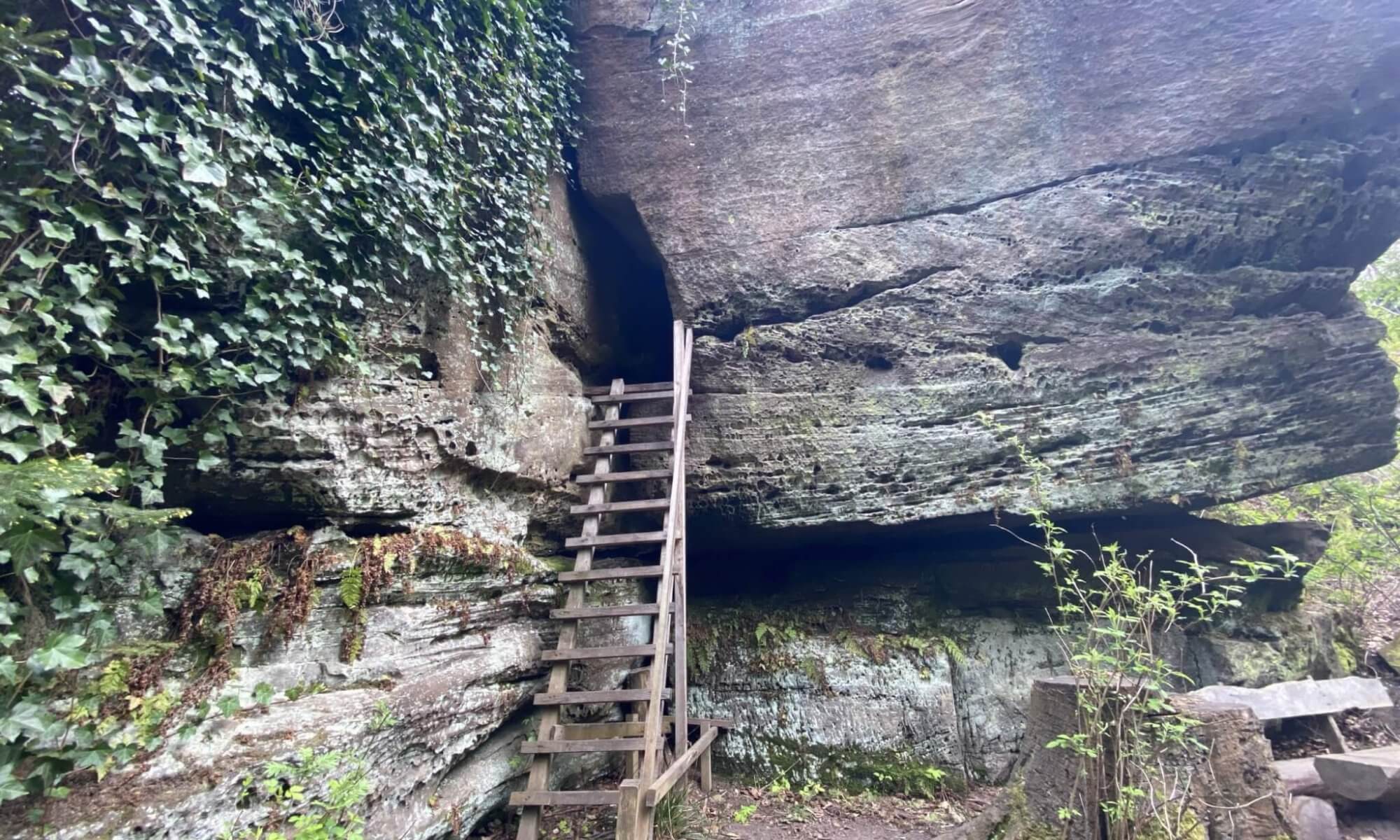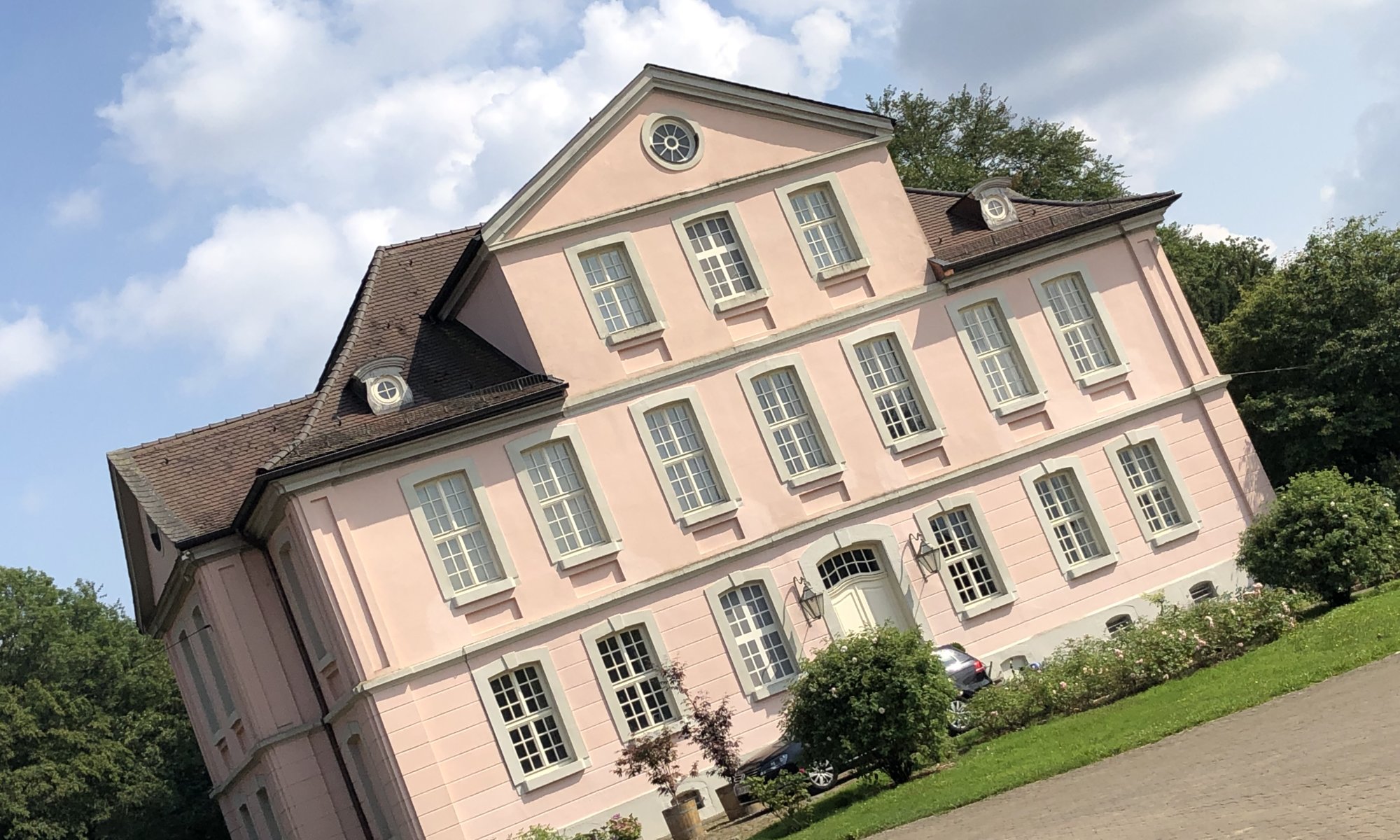The Gut Windhausen at Niestetal, Germany is a hidden gem that already has seen better days. A village at this location was mentioned first in 1241, the ownership changed over time. The best times began when Maria Anna Amalia of Courland, the wife of Charles I, landgrave of Hesse-Kassel bought the area and general Martin Ernst von Schlieffen moved in. A manor house in baroque style was built here by his request from 1769 on.
In 1781 he started with building an English landscape garden next to the manor house – the Germanische Garten von Schloss Windhausen. It is called Germanic garden because it contains some staffages that refer to Germanic gods and to Arminius, the ‘liberator of the Germanic tribes’. It is the only romantic-sentimental Germanic garden in Germany. Today it is not really a landscape garden anymore – but you can still find the staffages within a wild forest (with mosquitos and ticks if you arrive at the wrong time). This includes:
- the mausoleum of Martin Ernst von Schlieffen where he was buried in 1825. It was built in the shape of a castle ruin.
- the devils bridge, once a four meters high stone bridge which is broken down in 1956. Von Schlieffen saw one of these bridges while travelling and wanted one, too.
- the old monkey house and monkey memorial: von Schlieffen brought some monkeys here that created a lot of hustle and bustle. Later they had canine madness and had to be shot. The memorial for them inspired Wilhelm Busch to write a tale (‘Fips, der Affe‘) when he visited this place.
- the friendship stone, a very intimate place von Schlieffen only showed closest friends.
- an old lake which is today mostly dried out.
- a stone (with an unreadable inscript) dedicated to the Germanic god Tuisto, father of the German nation.
- a gravestone labeled as the grave of Arminius, ‘liberator of the Germanic tribes’. Thanks to Martin Luther he is known by another name: Hermann der Cherusker (you can find him on the impressive Hermannsdenkmal within the Teutoburger Wald). He succeeded in the Battle of the Teutoburg Forest (‘Varusschlacht‘) against the Romans.
- an altar for the Germanic goddess Nerthus who is referred here to as Hertha (because someone read the name wrongly; many children also received this wrong name). She is a symbol for mother earth.
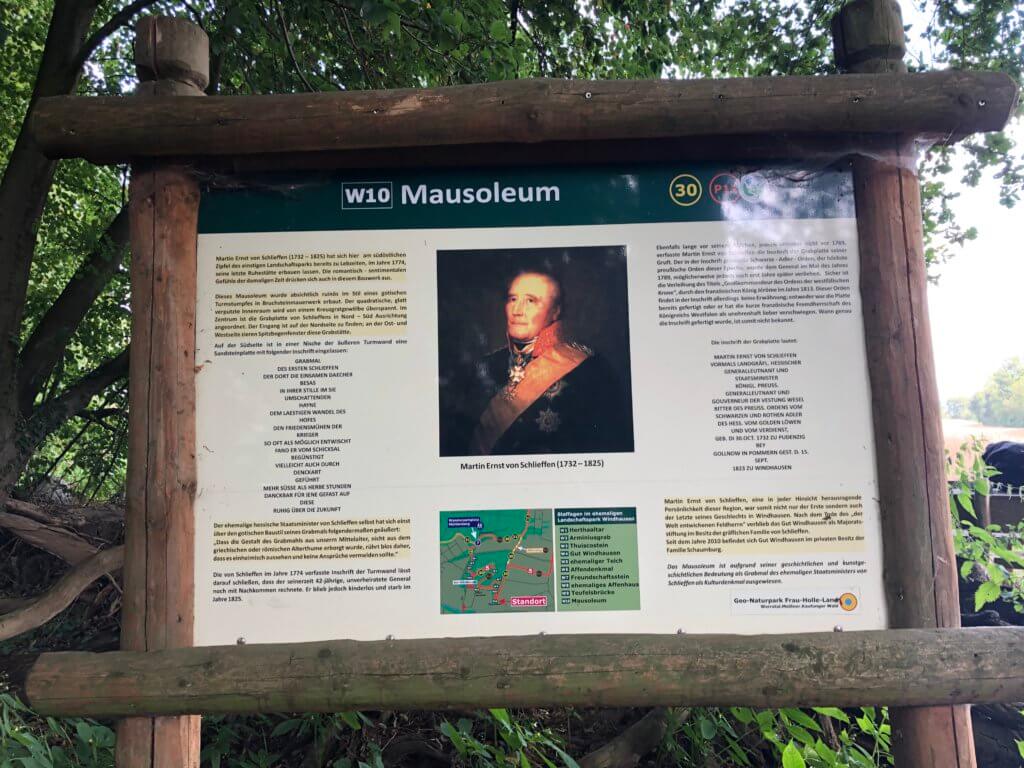
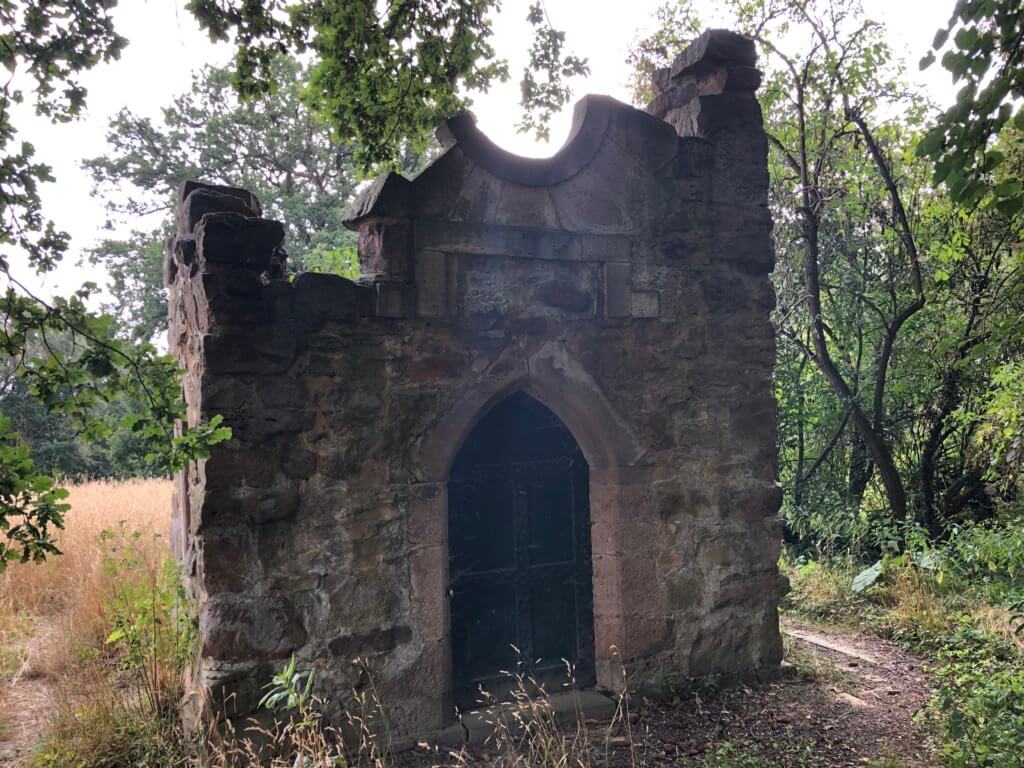
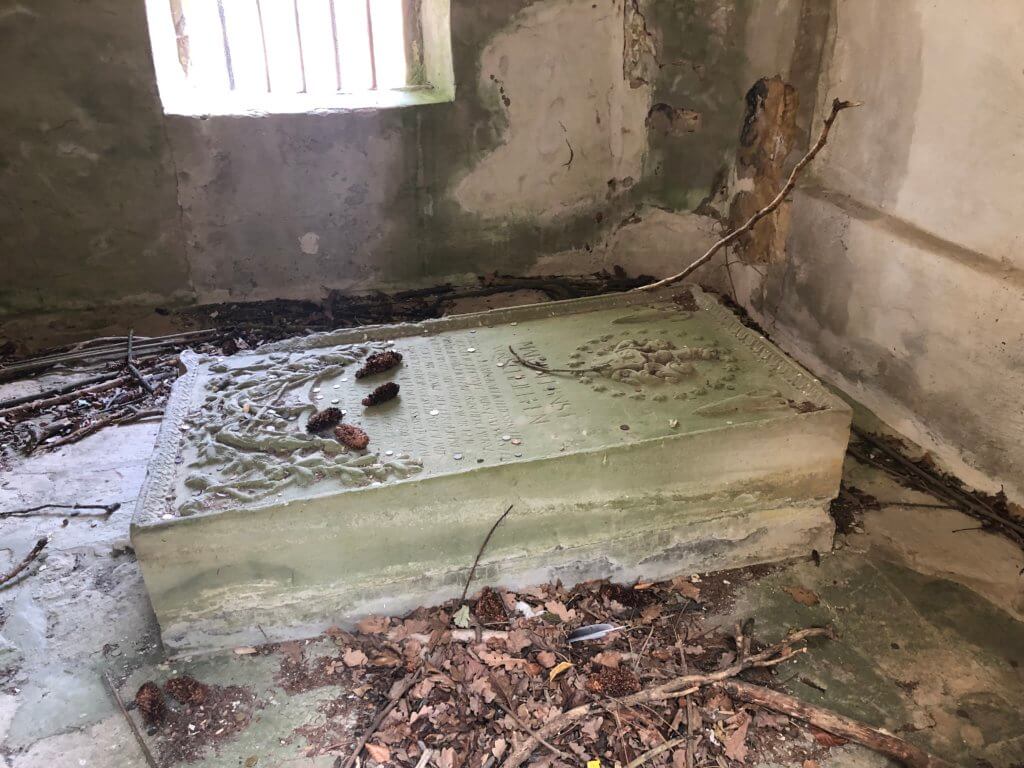
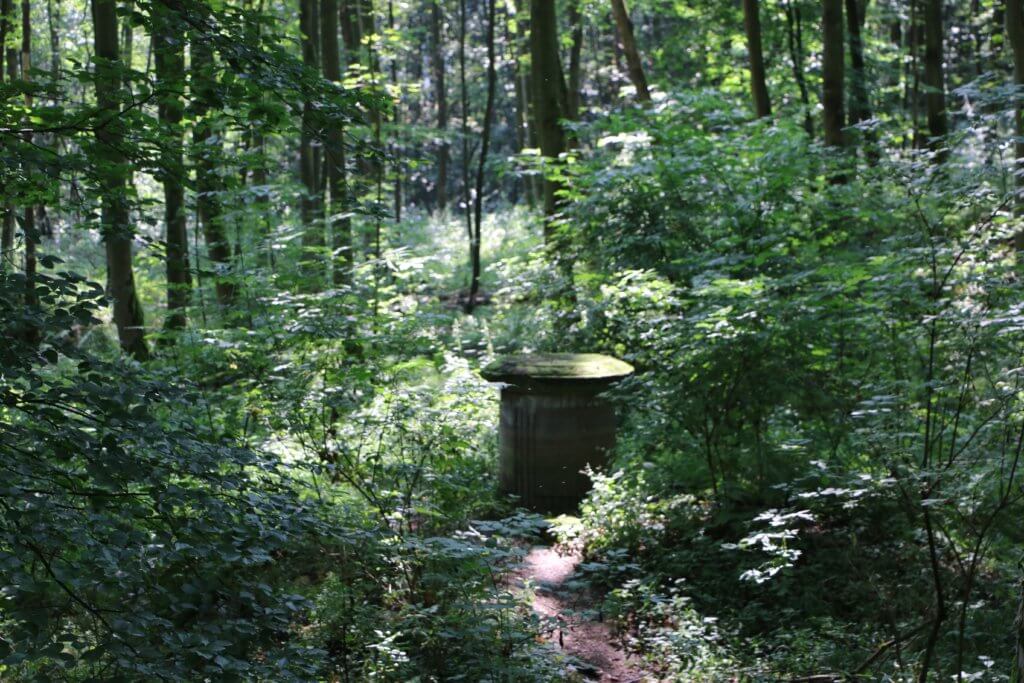
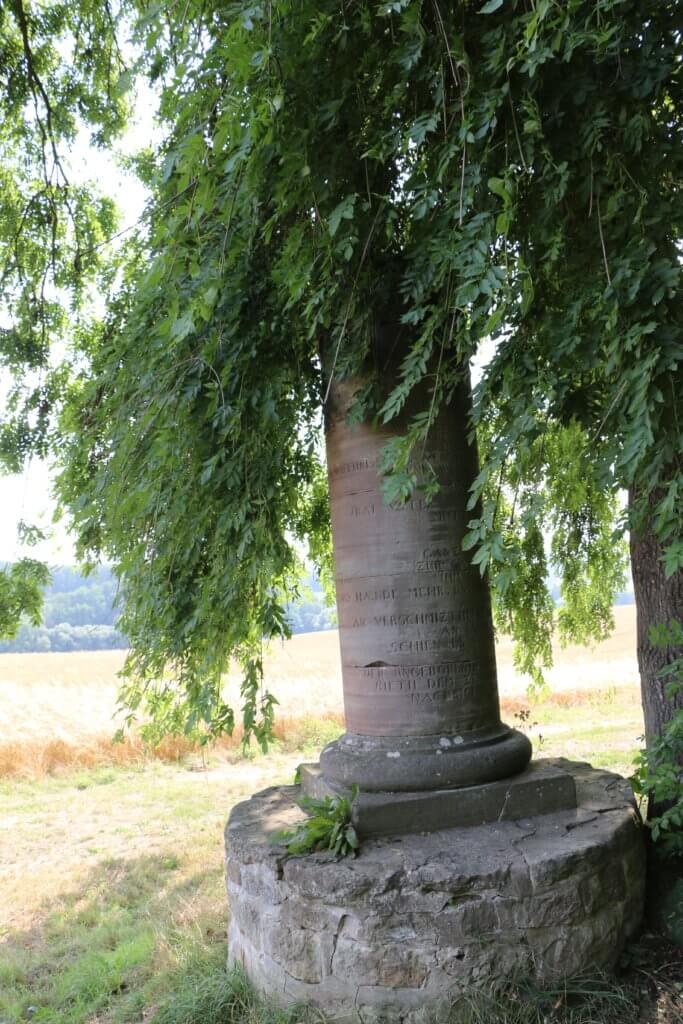
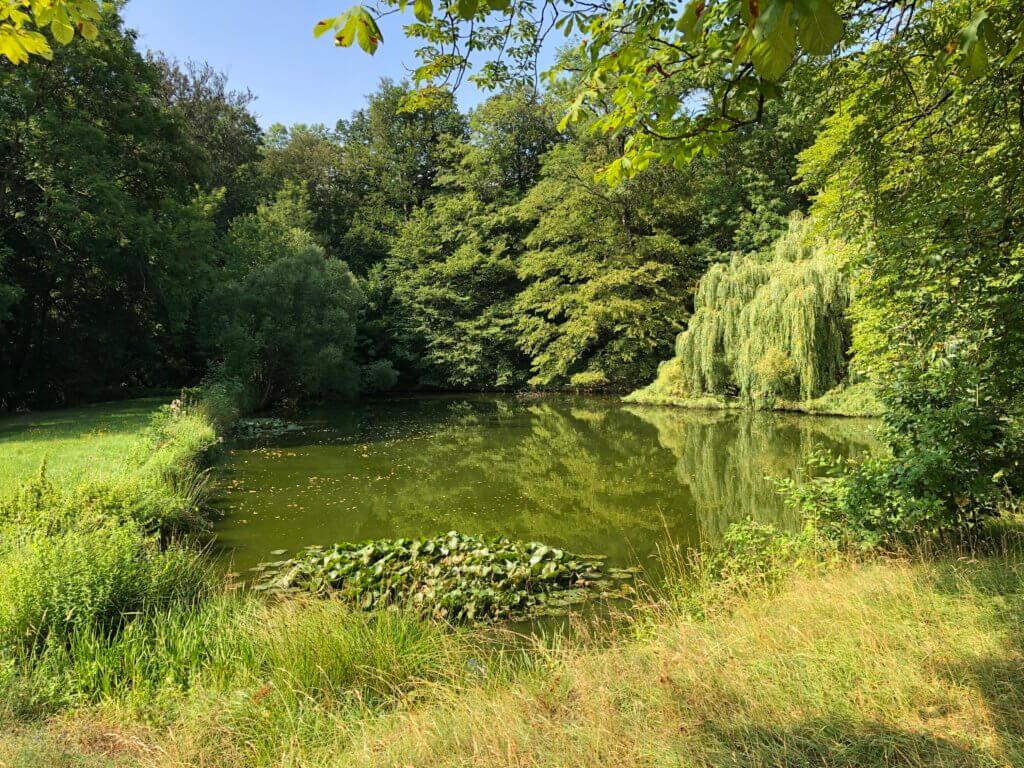
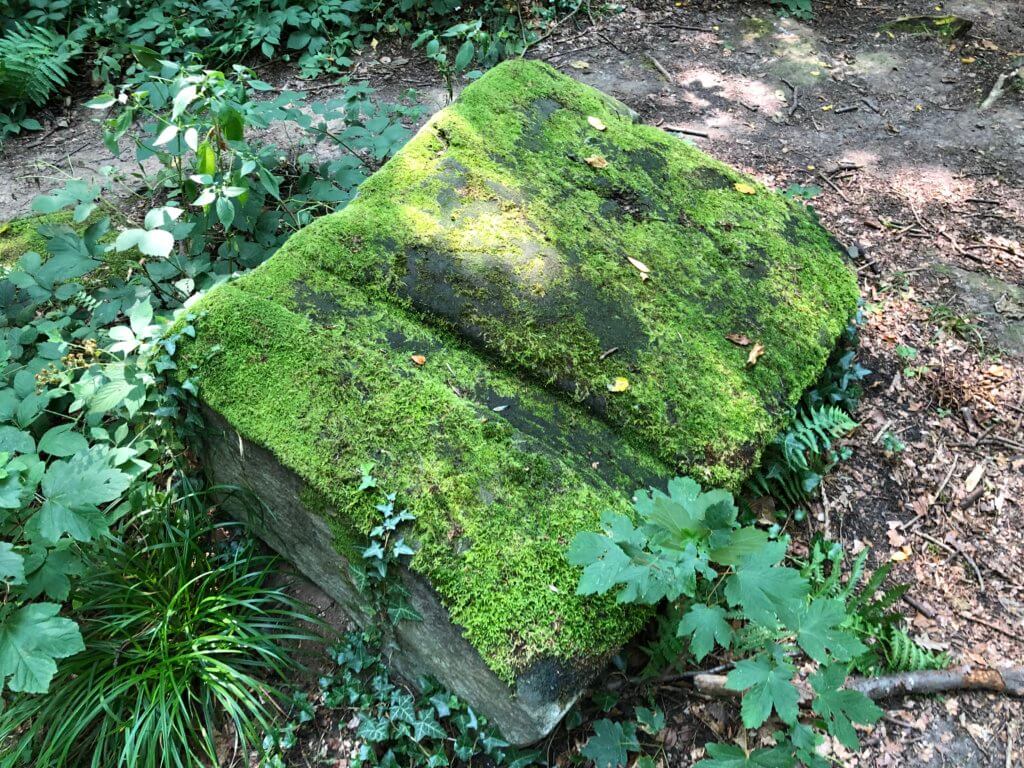
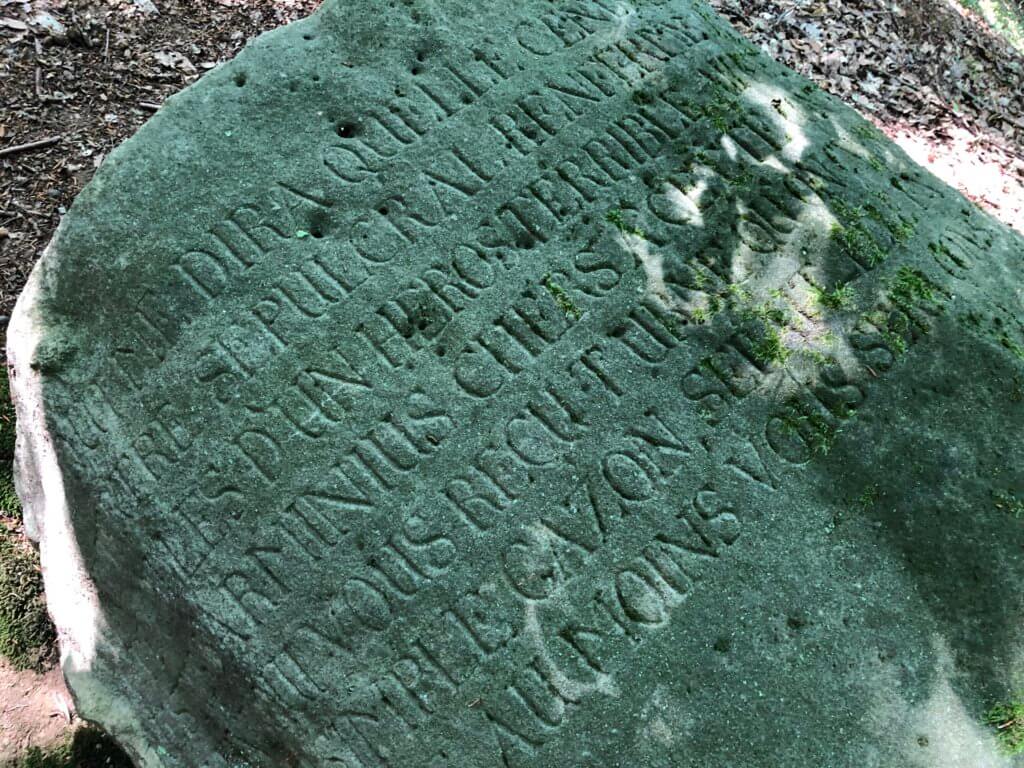
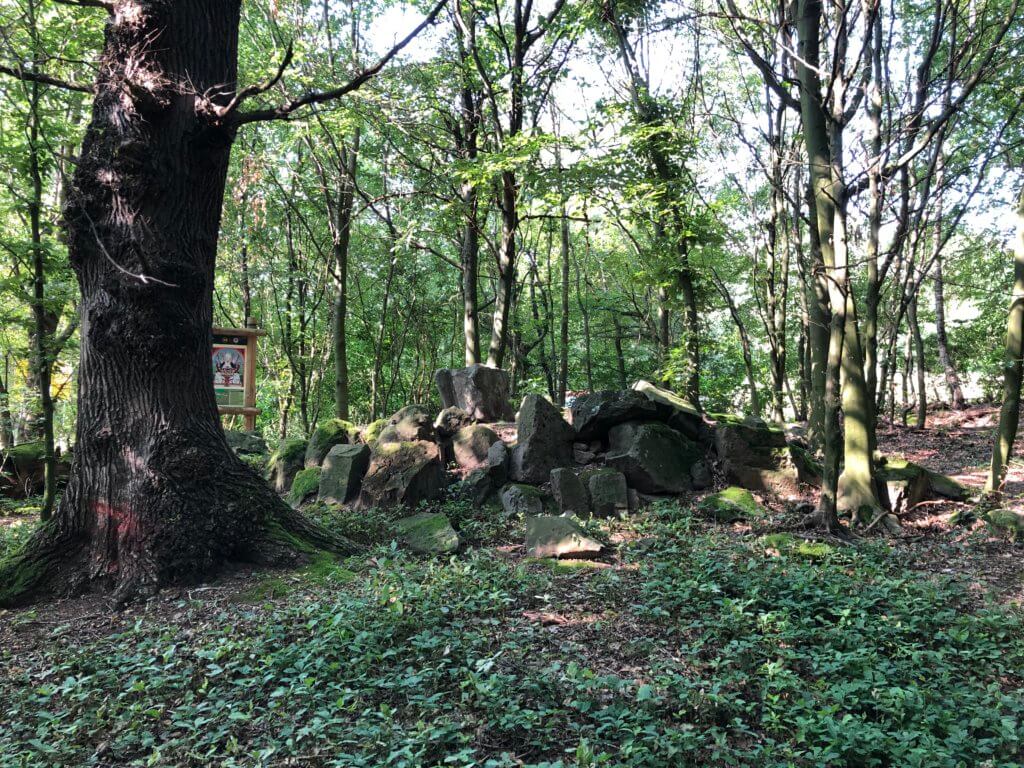
Martin Ernst von Schlieffen belonged to the German nobility, worked for Hesse and Prussia, served Duke Ferdinand of Brunswick-Wolfenbüttel, Landgrave Frederick II of Hesse-Kassel and Frederick William II. After working as a high-ranked military leader and politician he retired and lived at Gut Windhausen. In that time he acted as a writer and garden architect. He died there aged 92 without children or wife and was buried in the mausoleum he had designed for himself.
Schloss Windhausen
Gut Windhausen
34266 Niestetal
Germany
Loading map...

